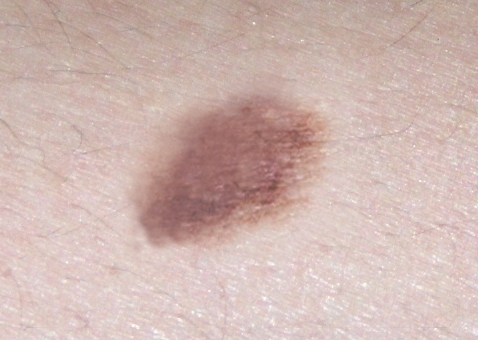The existence of dysplastic nevus has been widely debated in the medical community. It is defined as an acquired nevus, often of considerable size, which has peculiar histological characteristics. Histologically, an increase in the number of melanocytes is evident. Often, these cells have a bumpy appearance and can extend deep into the epidermis. In the papillary dermis, fibrosis associated with a lymphocytic infiltrate is observed. In some cases, marked vascularity may also be noted. Cytological atypias are, however, rare.

Dysplastic nevi are quite common, with estimates indicating their occurrence in 70% of the population. However, dysplastic nevus syndrome is much rarer. This syndrome has an autosomal dominant genetic transmission, characterized by high penetrance and expressive variability. Research has shown a chromosomal instability disorder in cell cultures taken from normal skin and dysplastic nevi. Other studies have highlighted specific chromosomal translocations in patients with dysplastic nevus syndrome and in dysplastic nevi. A loss of chromosome 9 has also been identified in some dysplastic nevi, suggesting that deletion of a gene on 9p could be an initiating event in melanocytes transformation.
From a clinical point of view, the dysplastic nevus appears of variable size, generally greater than 6 mm, with irregular edges and coloration that varies from dark brown to reddish. Their main localization is on the trunk, abdomen and arms, but they are rare in areas not exposed to the sun, such as the buttocks. In people with dysplastic nevus syndrome, the number of nevi can exceed 100. In these individuals, the risk of developing melanoma is significantly elevated. The presence of more than 25 dysplastic nevi doubles the risk, which becomes quadrupled if there are 5 nevi larger than 5 cm in diameter. Regular surveillance and excision of atypical nevi showing changes is therefore crucial.
Although doubts persist about the propensity of individual dysplastic nevi to malign degeneration, studies have confirmed the possible transformation of a pre-existing dysplastic nevus into melanoma. In summary, while most dysplastic nevi do not develop into melanoma, it is essential for those with dysplastic nevi to be aware of their risk and to take appropriate preventative measures.